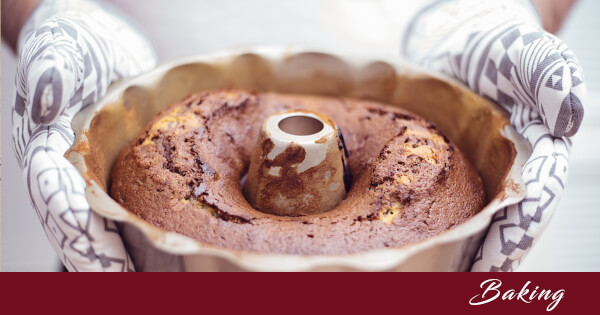With the holidays fast approaching, so too are pies, cookies, and candy. And the one thing they all have in common? Sugar.
History
While all green plants make sugar, only sugar beets and sugarcane make enough for extraction to be practical. The knowledge and use of sugar go back thousands of years but wasn’t known worldwide until the end of the medieval period (apx. 1500). Up until that point, sugar was considered a “fine spice” and was very expensive.
Did You Know…
- Crusaders discovered “sweet salt” (a.k.a. sugar) while in the Holy Land on campaigns (1096-1291). When they returned home to Europe, they took this new “spice” with them.
- The first record of sugar in England comes from the late thirteenth century.
Medicine
As mentioned in Did You Know This Company Began with a Shipwreck, Neighborly Concern, and a Barrel of Sugar, candy was originally used as medicine. The wealthy used it to ease sore throats and calm stomachs. But long before being used for internal medicinal purposes, sugar was used externally to heal open wounds.
Did You Know…
- Because sugar absorbs a wound’s moisture, it prevents bacteria from growing.
- Both the ancient Greeks and Romans used sugar. Records indicate they imported it and used it as medicine, not food.
- Sugar can be dangerous. It’s flammable.
Britain
The introduction of sugar in food changed Europeans’ eating habits. Their diets soon included candy and other sweet treats, such as jams and sweetened tea and cocoa. The popularity of sugar spread quickly in the 1700s. It was Britain’s top and most important import between the 1740s-1820s. In 1700, the average Brit ate about four pounds of sugar per year. This rose to eighteen pounds by 1800, and thirty-six pounds by 1850. By the time 1900 rolled around, that number had jumped to over one hundred pounds of sugar per person per year.
U.S.
During the nineteenth century, the U.S. imported most of its sugar from the West Indies. It didn’t come as granular sugar in bags like we see today, but in a solid, semi-hard cone-shaped formation called a sugar loaf. (Think large upside-down ice cream cone.) You needed a plier-like tool called sugar nips to “nip off” the sugar needed. Sugar remained a relatively expensive commodity until the 1850s when the methods of processing sugar changed and made it affordable to most Americans.
Did You Know…
- Jamestown colonists tried, unsuccessfully, to grow sugarcane around 1619.
- In the American South during the eighteenth and nineteenth centuries, wealthy people often protected their sugar by keeping it locked away in a sugar chest, a wooden box-like chest on feet.
- The demand for sugar increased through the mid-1800s in part because of the obsession and demand for ice cream.
Summary
In the last forty or so years, a surplus of sugar has been produced. This surplus has made sugar inexpensive and easily available to everyone. That’s fortunate since the world is truly and soundly hooked on sugar.
Did You Know…
- At the St. Louis World’s Fair in 1904, a carving of Miss Louisiana was crafted from a five-foot lump of sugar.
- Individually wrapped sugar cubes were first introduced to the world in 1908 Paris.
Bonus
One tasty and easy-to-make candy from years gone by is Cracker Candy. If you’re interested in this toffee-tasting treat, here’s the recipe: Cracker Candy.

